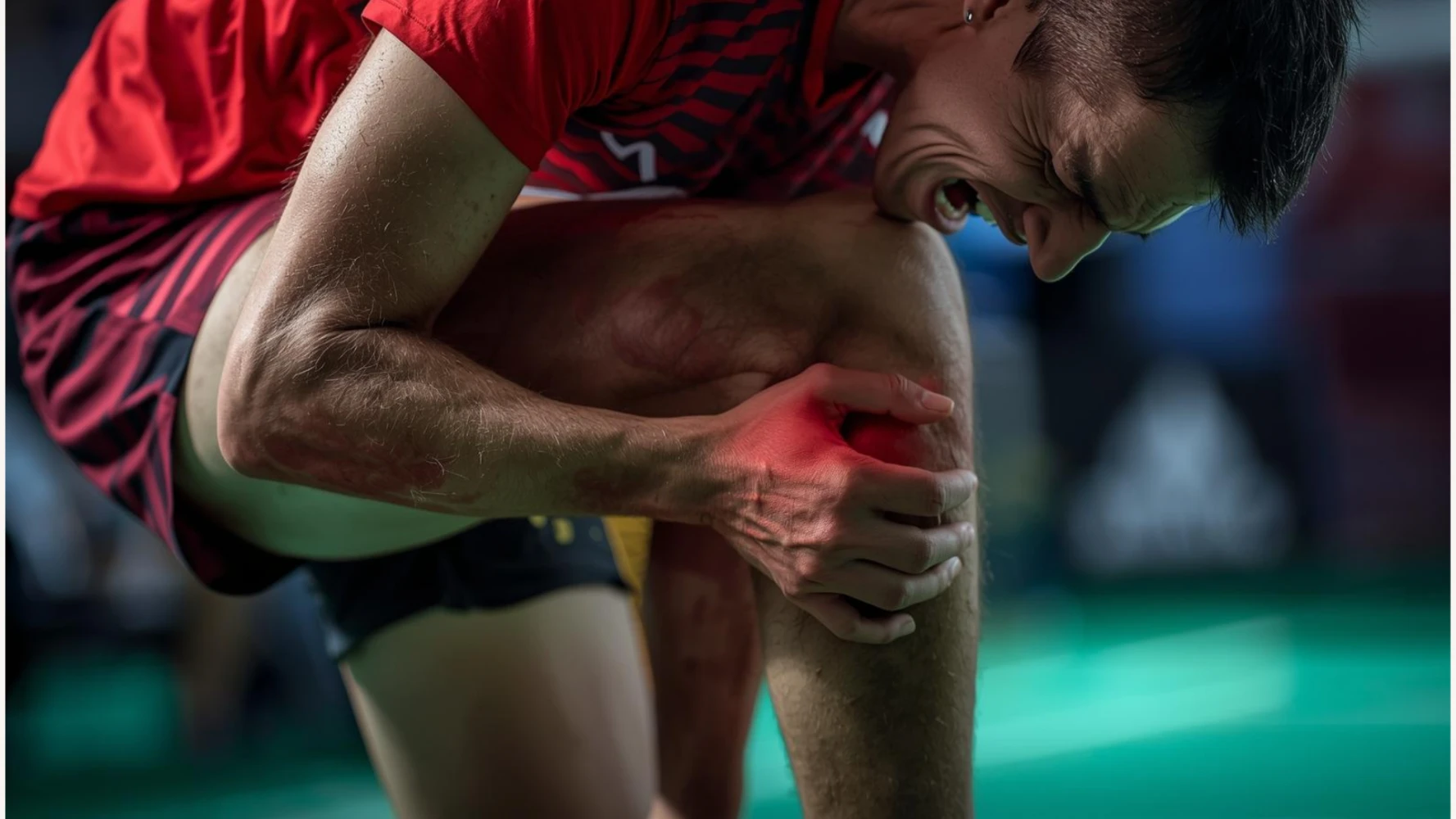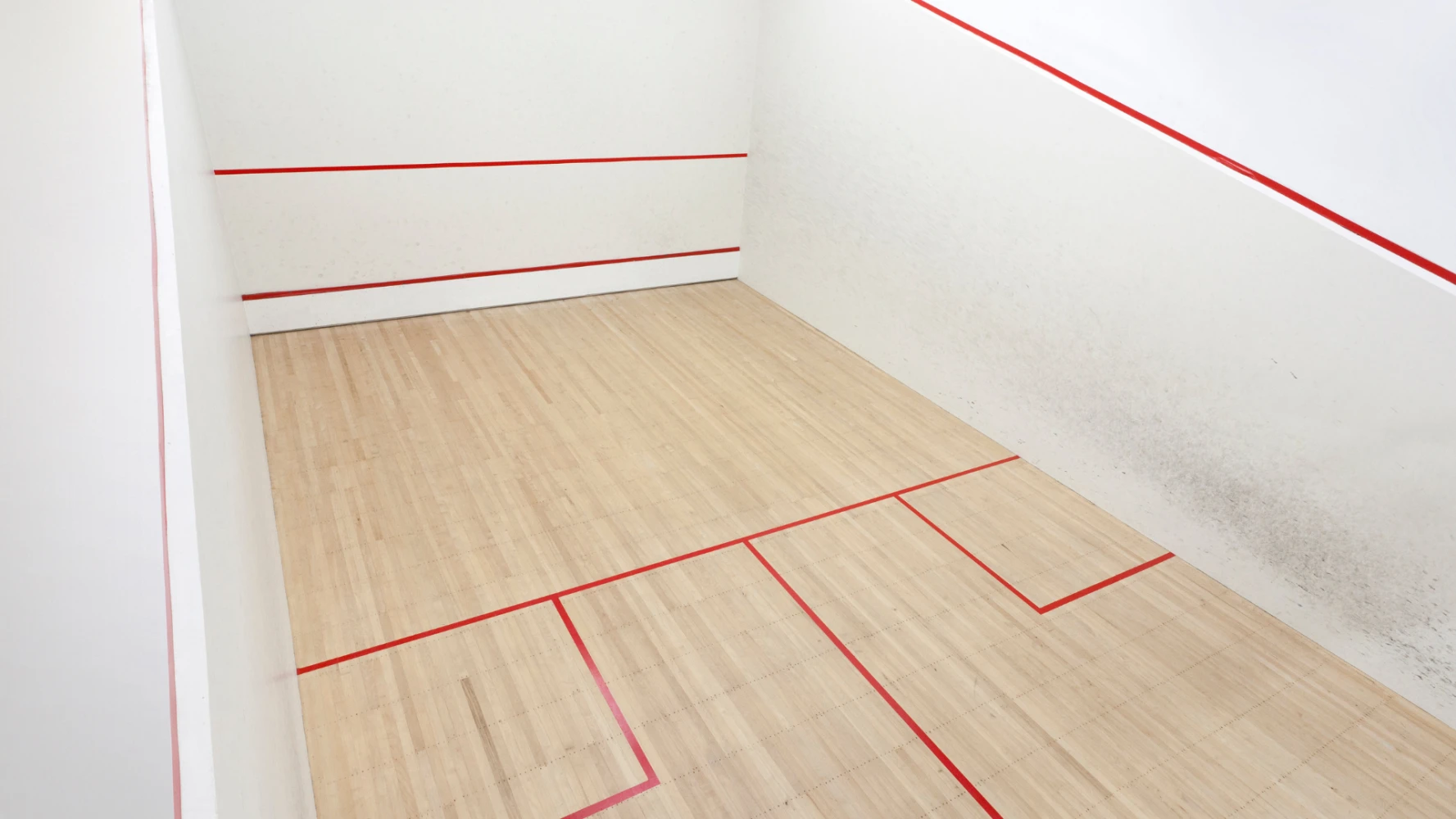Tennis is a demanding sport, combining explosiveness, rapid movements, repeated strokes, and complex actions. While this intensity brings pleasure and physical benefits, it also exposes players to a risk of injury. Whether you're a fierce competitor or an occasional player, understanding the most common injuries and, more importantly, knowing how to prevent them is essential to continue enjoying the courts durably and pain-free.
Upper limb injuries: shoulder and elbow
These areas are particularly stressed by serving, smashing, and forehand movements, making injuries frequent.
"Tennis Elbow" (Lateral Epicondylitis):
What is it? An inflammation of the extensor tendons of the forearm that insert into the outside of the elbow. Caused by repetitive strokes (especially poorly executed or compensated one-handed backhands) and an overly tight grip on the racket.
Prevention: Improve technique (fluid backhand), strengthen forearm muscles, use an appropriate grip, and a racket with good vibration dampening. Specific arm warm-ups and regular stretches are crucial.
Shoulder Tendinitis (Rotator Cuff):
What is it? Inflammation of the tendons that stabilize the shoulder, often due to repetitive overhead serving and smashing movements.
Prevention: Strengthen rotator cuff muscles and scapular muscles (around the shoulder blade), improve serving technique (ball toss, coordination), and perform targeted shoulder stretches before and after play.
Back and knees: the pillars of movement
These joints and the spine undergo significant stress due to rapid rotations, flexions, and extensions, as well as sudden stops and starts.
Lower Back Pain (Lumbar):
What is it? Frequent in tennis due to trunk rotations (serve, forehand, backhand) and excessive arching.
Prevention: Strengthen the abdominal core and back muscles (the "core"), work on hip and hamstring flexibility, and adopt a hitting technique that limits stress on the spine. A good warm-up for the hips and torso is essential.
Patellar Tendinitis ("Jumper's Knee"):
What is it? Inflammation of the tendon connecting the kneecap to the shinbone, often caused by repeated jumps, sudden stops, and landings.
Prevention: Strengthen quadriceps and hamstrings, work on plyometrics (controlled jumping exercises), and ensure you have shoes with good cushioning. Regular quadriceps stretches are also important.
Lower limbs: calves, ankles, and feet
Explosive movements and constant changes in direction put significant strain on the lower body.
Muscle Strains (Calves, Hamstrings):
What is it? Muscle elongations or tears due to intense starts or sprints without sufficient warm-up, or due to fatigue.
Prevention: A dynamic and progressive warm-up targeting the lower limbs, regular stretching, good hydration, and not pushing the body to exhaustion.
Ankle Sprains:
What is it? Very common, they occur during a bad landing, an unbalanced reception, or a sudden change of direction.
Prevention: Strengthen ankle stability (proprioception with exercises on unstable surfaces), wear appropriate tennis shoes with good lateral support, and re-tape the ankle if necessary after a sprain.
Plantar Fasciitis (Heel/Foot Arch Pain):
What is it? Inflammation of the plantar fascia, often due to repeated impacts, unsuitable shoes, or lack of support.
Prevention: Use shoes with good cushioning and arch support, perform specific stretches for the plantar fascia and calf, and avoid increasing playing intensity or duration too quickly.
General prevention: the keys to playing safely
Beyond specific issues, universal principles are essential for preventing all tennis injuries.
Complete warm-up: Always start with 10-15 minutes of dynamic warm-up (light jogging, joint rotations, tennis-specific movements) to prepare muscles and joints.
Active recovery and stretching: After playing, a few minutes of gentle static stretches aid muscle recovery and flexibility.
Hydration and nutrition: Drink enough water before, during, and after the match, and maintain a balanced diet to provide necessary energy and promote recovery.
Appropriate equipment: Use specific tennis shoes, a racket suited to your level and style, and strings in good condition.
Correct technique: Good technique limits excessive stress on joints and muscles. Don't hesitate to take lessons to correct bad habits.
Listen to your body: Do not ignore persistent pain. Consult a healthcare professional (doctor, physiotherapist) in case of discomfort or pain for early diagnosis and appropriate treatment.
Progressive approach: Increase playing intensity, duration, or frequency gradually to allow the body time to adapt.
Conclusion: playing tennis, a lasting and pain-free pleasure
Injuries are part of sports, but in tennis, the vast majority of them can be prevented through a proactive approach. By adopting a rigorous warm-up and recovery routine, choosing appropriate equipment, perfecting your technique, and listening to your body, you maximize your chances of fully enjoying the pleasure of playing on the court, year after year, safely.




Comments